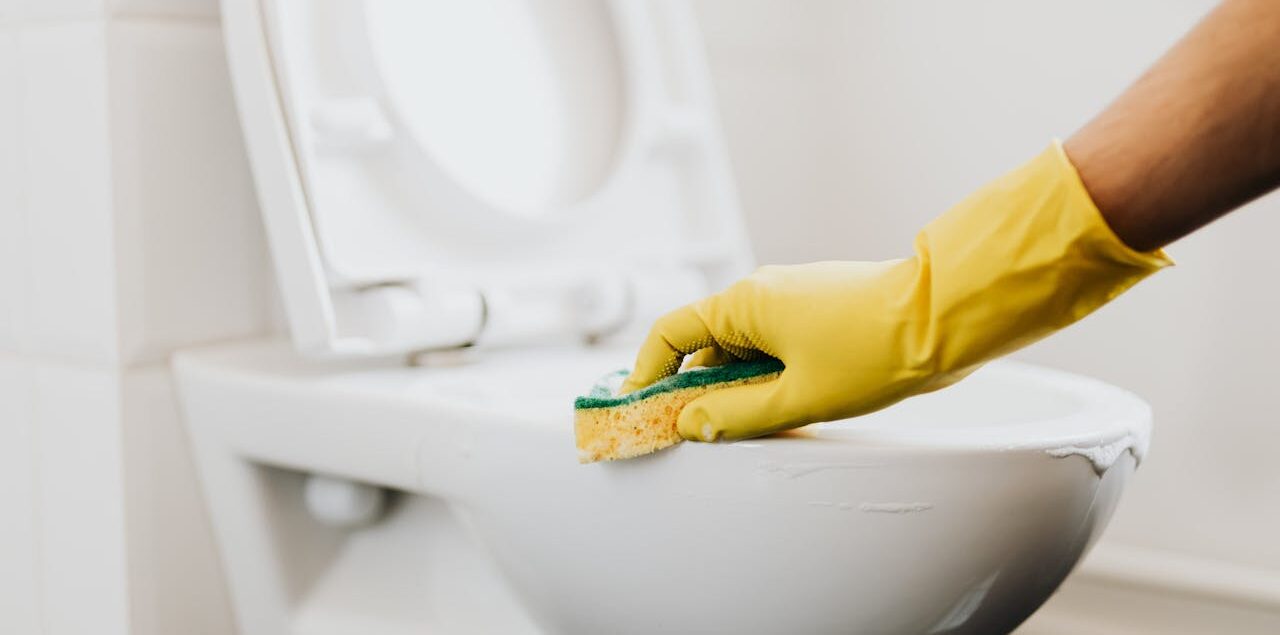Disinfection Misconceptions
When it comes to commercial cleaning, few topics spark as much confusion and misinformation as the science of disinfection. With the heightened awareness of hygiene in recent times, it’s important to separate fact from fiction when it comes to keeping our spaces clean and safe. Let’s delve into some common misconceptions and shed light on the true science behind disinfection.
More Than Just Cleaning
First and foremost, it’s important to understand that disinfection goes beyond mere cleaning. While cleaning removes visible dirt and grime, disinfection specifically targets and destroys harmful pathogens like bacteria, viruses, and fungi. This step is vital for preventing the spread of infectious diseases and maintaining a healthy environment.
Contrary to popular belief, not all cleaning products have disinfectant properties. Many household cleaners might effectively remove dirt but lack the necessary ingredients to kill germs effectively. To ensure proper disinfection, use products specifically labeled as disinfectants and follow the instructions for proper application.
Patience is Key
Think that quickly wiping a surface with a disinfectant is sufficient to kill all germs? Think again. In reality, most disinfectants require a certain amount of contact time to be effective. This means that the surface must remain visibly wet with the disinfectant for a specified period, as indicated on the product label.
Rushing through the disinfection process or wiping away the product too soon can significantly reduce its efficacy, leaving behind potentially harmful pathogens. That’s why it’s so important to read and follow the instructions provided by the manufacturer to ensure thorough disinfection.
The Myth of “Stronger is Better”
Another common misconception is the belief that using a higher concentration of disinfectant will yield better results. While it’s natural to assume that stronger chemicals will be more effective, this isn’t always the case and can even be harmful if misused.
Using disinfectants at higher concentrations than recommended can lead to health risks for occupants, damage to surfaces, and environmental harm. Only use disinfectants as directed and avoid the temptation to overuse or misuse them.
Dispelling Misinformation for a Safer Environment
By dispelling common misconceptions and adhering to proper practices, we can more effectively combat the spread of infectious diseases and create healthier spaces for all. Remember, disinfection is not just about cleaning—it’s about protecting the health and well-being of everyone who enters our spaces.

